- Home
- Philip Pullman
Daemon Voices
Daemon Voices Read online
SELECTED WORKS BY PHILIP PULLMAN
The Book of Dust trilogy
La Belle Sauvage
His Dark Materials trilogy
The Golden Compass
The Subtle Knife
The Amber Spyglass
His Dark Materials companion books
Lyra’s Oxford
Once Upon a Time in the North
The Sally Lockhart quartet
The Ruby in the Smoke
The Shadow in the North
The Tiger in the Well
The Tin Princess
Other books
The Haunted Storm
Galatea
Count Karlstein
How to Be Cool
Spring-Heeled Jack
The Broken Bridge
The Wonderful Story of Aladdin and the Enchanted Lamp
Clockwork, or, All Wound Up
The Firework-Maker’s Daughter
Mossycoat
The Butterfly Tattoo
I Was a Rat! or The Scarlet Slippers
Puss in Boots: The Adventures of That Most Enterprising Feline
The Scarecrow and His Servant
The Adventures of the New Cut Gang
The Good Man Jesus and the Scoundrel Christ
Grimm Tales: For Young and Old
Graphic Novels
Count Karlstein
The Adventures of John Blake
THIS IS A BORZOI BOOK PUBLISHED BY ALFRED A. KNOPF
Copyright © 2017 by Philip Pullman
Introduction © 2017 by Simon Mason
All rights reserved. Published in the United States by Alfred A. Knopf, a division of Penguin Random House LLC, New York, and in Canada by Random House of Canada, a division of Penguin Random House Canada Limited, Toronto. Originally published in hardcover in Great Britain by David Fickling Books, Oxford, in 2017.
www.aaknopf.com
Knopf, Borzoi Books, and the colophon are registered trademarks of Penguin Random House LLC.
Permissions to reprint extracts and art can be found following the index.
Library of Congress Cataloging-in-Publication Data
Names: Pullman, Philip, [date] author.
Title: Daemon voices : on stories and storytelling / by Philip Pullman.
Description: First American edition. | New York : Alfred A. Knopf, 2018. | Includes bibliographical references and index.
Identifiers: LCCN 2017049677 (print) | LCCN 2017053211 (ebook) | ISBN 9780525521174 (hardcover : alk. paper) | ISBN 9780525521181 (ebook)
Subjects: LCSH: Storytelling in literature. | Literature—Appreciation. | Pullman, Philip, [date]—Books and reading. |Books and reading—Psychological aspects. | Authors, English—Books and reading. | Authorship.
Classification: LCC PN56.S7357 P85 2018 (print) | LCC PN56.S7357 (ebook) | DDC 809/.93353—dc23
LC record available at https://lccn.loc.gov/2017049677
Ebook ISBN 9780525521181
Cover illustration by John Lawrence
Cover based on an initial concept by Ness Wood
v5.3.2
ep
Contents
Cover
Also by Philip Pullman
Title Page
Copyright
Dedication
Topic Finder
Introduction by Simon Mason
Magic Carpets
The Writer’s Responsibilities
The Writing of Stories
Making It Up and Writing It Down
Heinrich von Kleist: “On the Marionette Theatre”
Grace Lost and Regained
Paradise Lost
An Introduction
The Origin of the Universe
The Storytelling of Science and Religion: A Response to a Lecture by Stephen Hawking
The Path Through the Wood
How Stories Work
Dreaming of Spires
Oxfords, Real and Imaginary
Intention
What Do You Mean?
Children’s Literature Without Borders
Stories Shouldn’t Need Passports
Let’s Write It in Red
The Practice of Writing
Epics
Big Stories About Big Things
Folk Tales of Britain
Streams of Stories Down Through the Years
As Clear as Water
Making a New Version of the Brothers Grimm
A Bar at the Folies-Bergère
Modernism and Storytelling
Poco a Poco
The Fundamental Particles of Narrative
The Classical Tone
Narrative Tact and Other Classical Virtues
Reading in the Borderland
Reading, Books and Pictures
Oliver Twist
An Introduction
Let’s Pretend
Novels, Films and the Theatre
The Firework-Maker’s Daughter on Stage
The Story of a Story
Imaginary Friends
Are Stories Anti-Scientific?
Maus
Behind the Masks
Balloon Debate
Why Fiction Is Valuable
The Anatomy of Melancholy
An Introduction to an Indispensable Book
Soft Beulah’s Night
William Blake and Vision
Writing Fantasy Realistically
Fantasy, Realism and Faith
The Story of The Good Man Jesus and the Scoundrel Christ
A Response to Puzzled Readers
The Cat, the Chisel and the Grave
Do We Need a Theory of Human Nature to Tell Us How to Write Stories?
“I Must Create a System…”
A Moth’s-eye View of William Blake
Talents and Virtues
Another Visit to Miss Goddard’s Grave
God and Dust
Notes for a Study Day with the Bishop of Oxford
The Republic of Heaven
God Is Dead, Long Live the Republic!
Acknowledgements
Permissions
A Note About the Author & Editor
Illustrations
Topic Finder
Certain themes recur in more than one essay. The lists below identify some of those themes and group together the essays in which they are discussed.
ON CHILDREN’S LITERATURE
Imaginary Friends
Intention
Children’s Literature Without Borders
ON EDUCATION AND STORY
Let’s Write It in Red
Talents and Virtues
Paradise Lost
ON FOLK TALES, FAIRY TALES AND EPICS
Epics
Folk Tales of Britain
As Clear as Water
Imaginary Friends
Magic Carpets
The Classical Tone
ON HIS DARK MATERIALS
Dreaming of Spires
>
God and Dust
Heinrich von Kleist: “On the Marionette Theatre”
Reading in the Borderland
The Path Through the Wood
The Writing of Stories
ON MY OTHER BOOKS
As Clear as Water
Intention (The Scarecrow and His Servant)
Poco a Poco (Clockwork and I Was a Rat!)
The Firework-Maker’s Daughter on Stage
The Path Through the Wood (I Was a Rat!)
The Story of The Good Man Jesus and the Scoundrel Christ
ON OTHER MEDIA: FILM, TV AND THE THEATRE
Let’s Pretend
Let’s Write It in Red
Magic Carpets
Oliver Twist
The Writing of Stories
The Firework-Maker’s Daughter on Stage
ON PICTURES
A Bar at the Folies-Bergère
Maus
Oliver Twist
Poco a Poco
Reading in the Borderland
ON READING
Balloon Debate
God and Dust
Talents and Virtues
Reading in the Borderland
The Anatomy of Melancholy
Children’s Literature Without Borders
ON RELIGION AND STORY
God and Dust
“I Must Create a System…”
Talents and Virtues
Paradise Lost
The Origin of the Universe
The Republic of Heaven
The Story of The Good Man Jesus and the Scoundrel Christ
The Writing of Stories
ON SCIENCE AND STORY
“I Must Create a System…”
Let’s Write It in Red
Poco a Poco
The Origin of the Universe
The Path Through the Wood
The Writing of Stories
ON STORY IN CULTURE
Balloon Debate
Imaginary Friends
Magic Carpets
Talents and Virtues
The Republic of Heaven
ON OTHER WRITERS’ STORIES
As Clear as Water
Heinrich von Kleist: “On the Marionette Theatre”
“I Must Create a System…”
Maus
Oliver Twist
Paradise Lost
The Anatomy of Melancholy
The Classical Tone
Soft Beulah’s Night
ON THE WRITER
“I Must Create a System…”
Let’s Write It in Red
Magic Carpets
Talents and Virtues
Poco a Poco
The Cat, the Chisel and the Grave
Writing Fantasy Realistically
ON THE PRACTICE OF WRITING
God and Dust
“I Must Create a System…”
Intention
Let’s Write It in Red
Magic Carpets
Oliver Twist
Poco a Poco
The Cat, the Chisel and the Grave
The Classical Tone
The Path Through the Wood
The Writing of Stories
Introduction
As the author of some of the most popular stories of our time, Philip Pullman requires very little introduction; his books have been read by millions of eager readers the world over, not only the trilogy of His Dark Materials, but also the Sally Lockhart novels, his fairy tales, his retelling of Grimm’s folk tales, the fable The Good Man Jesus and the Scoundrel Christ, and many others. He is recognised as one of the world’s great storytellers.
During my work on his essays, we met several times, usually at his home. In person he is a striking presence, physically imposing but quiet in his manner. He typically dresses in casual, practical clothes with plenty of pockets that give him the air of a craftsman, an electrician perhaps, or a carpenter—which, in fact, he is. When we began our meetings he still had his famous ponytail, which he had vowed to keep until finishing the first volume of The Book of Dust. He reported that The Bookseller had said it made him look like a retired roadie. The ponytail came off a few months later, and he showed it to me in a transparent bag. “I’m thinking of donating it to the Bodleian Library,” he said.
Humorous, formidably knowledgeable, sharply intelligent and firm in his opinions, he has absolutely no airs and graces, instinctively putting people at their ease. Each time I met him I was struck by his relaxed courtesy. (I was struck in a different way by his pair of hyperactive cockapoo puppies—Mixie and Coco—who flew at me from all angles, even, somehow, from above, while Philip calmly made coffee in the kitchen.) The low-ceilinged, open-fired room where we talked was filled with objects—musical instruments, pictures, books and wooden constructions that he had made himself. The pleasure he takes in the well-made is evident, and I was often shown things he liked: a Doves Press edition of Paradise Lost printed with the famous Doves type; a woodcut by John Lawrence; a life-size alethiometer made for him by an admiring reader. He nearly always had a story to tell about these objects. The Doves type, he told me, was once destroyed by their co-owner T. J. Cobden-Sanderson after a dispute with his business partner Emery Walker, by casting it, bit by bit, into the Thames from Hammersmith Bridge, a process which he undertook only on dark nights, and which took him five months to complete, beginning at the end of August 1916 and finishing in January 1917. (Nearly a hundred years later, it was retrieved by the Port of London Authority’s Salvage diving team employed by a designer wishing to digitise the type.)
This instinct to tell stories is deep in Philip. For sheer storytelling excitement, his own are hard to beat. But their popularity is due also, I think, to their thoughtfulness, the way in which, with great curiosity and energy, they engage ideas and issues and ask interesting questions. Is the world conscious? What is our place and purpose here? What is evil? Where does religious belief come from? Can innocence be regained? His stories dramatise such questions in thrilling ways. And so do his essays.
The 32 here, selected from more than 120, were written over many years. The oldest is “Let’s Write It in Red,” a fascinating—and fascinated—meditation on story writing considered as a game, dating from June 1997. The most recent is “Soft Beulah’s Night,” from November 2014, an impassioned personal testament to the wisdom and originality of the poet William Blake who, arguably, has influenced Philip the most.
The essays are also very varied. Partly, this is because they were written in different circumstances, for different purposes: many were talks, delivered at conferences or symposia; others were articles in newspapers; yet others were commissioned pieces in journals, chapters in books, programme notes and promotional pieces. Mainly, though, it is because Philip’s interests range so widely. Not for nothing is his personal dæmon the raven, that picker-up of bits and pieces here and there. Like most great writers, he is a great reader, and thinks about what he has picked up during a lifetime of passionate, engaged reading of the work of physicists, literary theorists, historians, film-makers, theologians, art historians, novelists and poets.

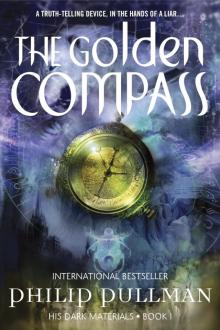 The Golden Compass
The Golden Compass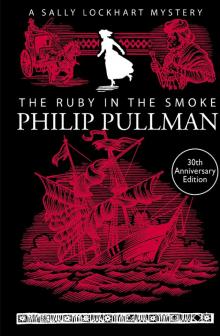 The Ruby in the Smoke
The Ruby in the Smoke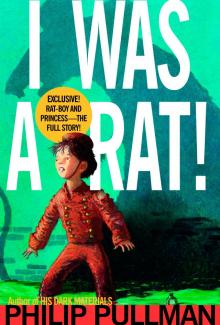 I Was a Rat!
I Was a Rat!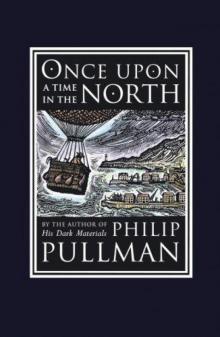 Once Upon a Time in the North
Once Upon a Time in the North The Tiger in the Well
The Tiger in the Well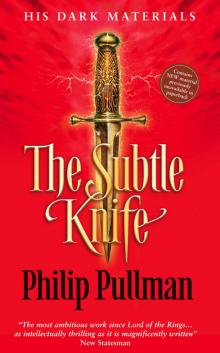 The Subtle Knife
The Subtle Knife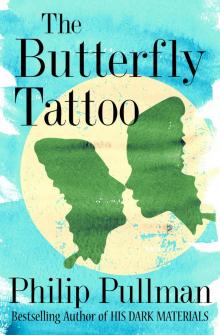 The Butterfly Tattoo
The Butterfly Tattoo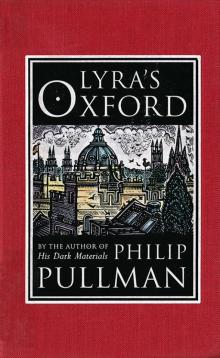 Lyra's Oxford
Lyra's Oxford The Broken Bridge
The Broken Bridge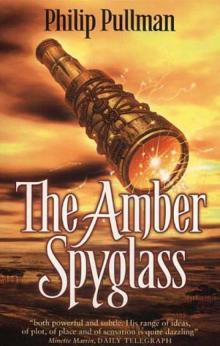 The Amber Spyglass
The Amber Spyglass Count Karlstein
Count Karlstein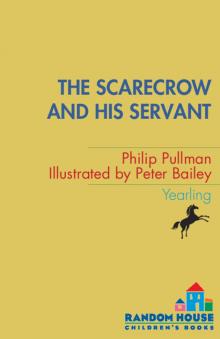 The Scarecrow and His Servant
The Scarecrow and His Servant The Shadow in the North
The Shadow in the North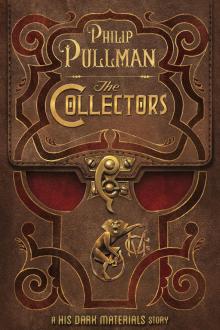 The Collectors
The Collectors The Good Man Jesus and the Scoundrel Christ
The Good Man Jesus and the Scoundrel Christ La Belle Sauvage
La Belle Sauvage The Tin Princess
The Tin Princess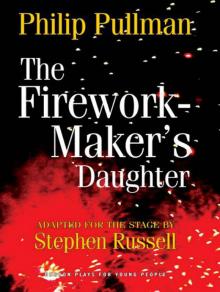 The Firework-Maker's Daughter
The Firework-Maker's Daughter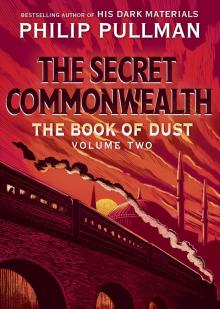 The Book of Dust: The Secret Commonwealth (Book of Dust, Volume 2)
The Book of Dust: The Secret Commonwealth (Book of Dust, Volume 2)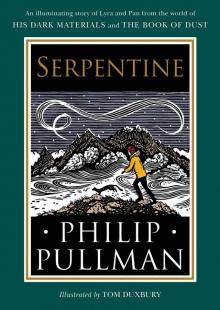 Serpentine
Serpentine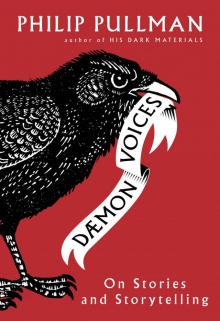 Daemon Voices
Daemon Voices The Amber Spyglass: His Dark Materials
The Amber Spyglass: His Dark Materials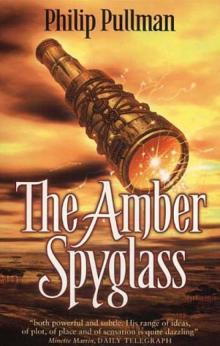 The Amber Spyglass hdm-3
The Amber Spyglass hdm-3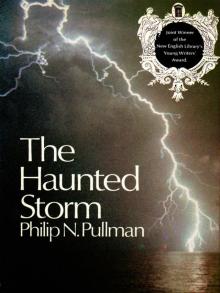 The Haunted Storm
The Haunted Storm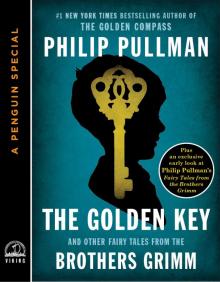 The Golden Key
The Golden Key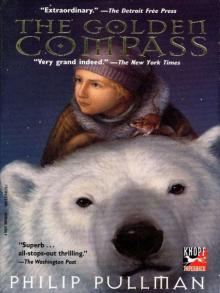 His Dark Materials 01 - The Golden Compass
His Dark Materials 01 - The Golden Compass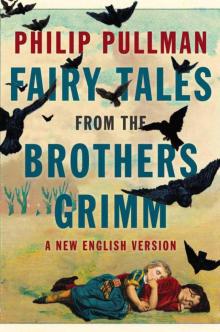 Fairy Tales from the Brothers Grimm: A New English Version
Fairy Tales from the Brothers Grimm: A New English Version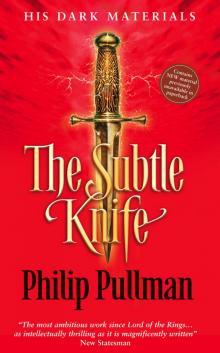 His Dark Materials 02 - The Subtle Knife
His Dark Materials 02 - The Subtle Knife Spring-Heeled Jack
Spring-Heeled Jack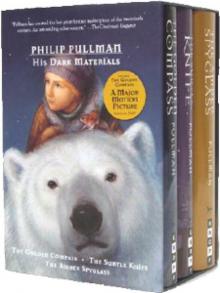 The Golden Compass hdm-1
The Golden Compass hdm-1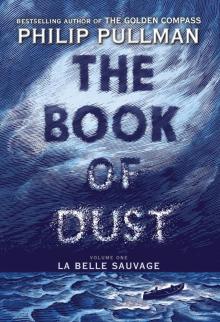 The Book of Dust, Volume 1
The Book of Dust, Volume 1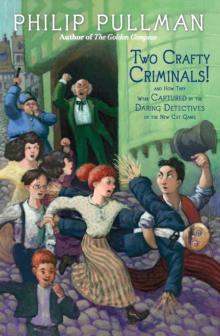 Two Crafty Criminals!
Two Crafty Criminals!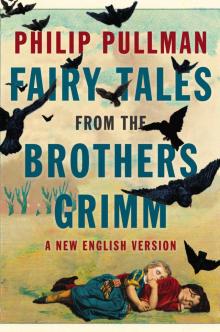 Fairy Tales from the Brothers Grimm
Fairy Tales from the Brothers Grimm The Subtle Knife: His Dark Materials
The Subtle Knife: His Dark Materials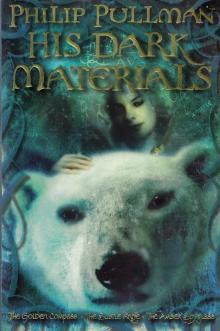 His Dark Materials Omnibus
His Dark Materials Omnibus The Golden Compass: His Dark Materials
The Golden Compass: His Dark Materials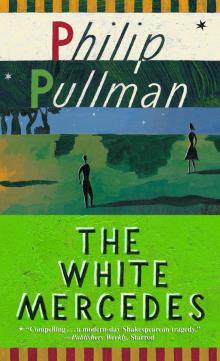 The White Mercedes
The White Mercedes